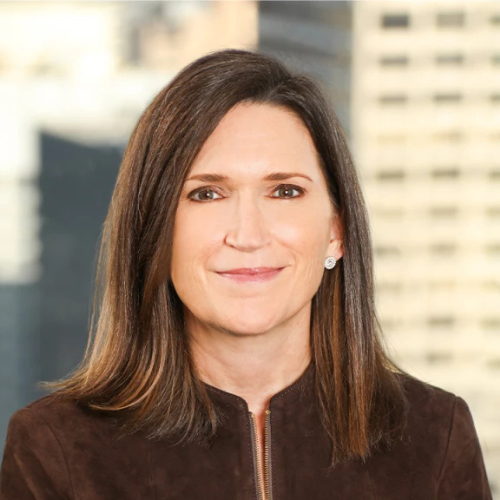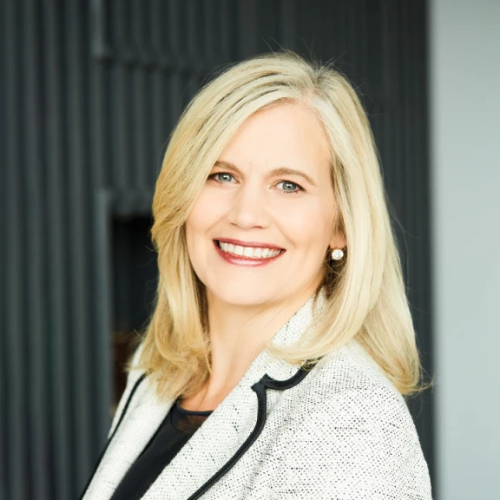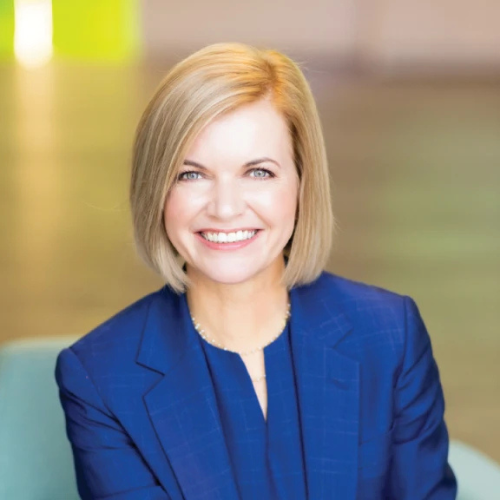The following article originally appeared on October 7, 2025, on AmericanBanker.com.
Financial institutions went into 2024 already juggling seismic change. Throughout the year and into 2025, executives were forced to prioritize trade-offs between growth, innovation-fueled transformation and safety in their strategic decision-making, capital allocation and appetite for risk.
Several economic and market factors directly influenced how payments professionals framed their growth strategy. Higher-for-longer interest rates drove up net interest income but raised deposit costs and pressured borrowers, making loan growth a balancing act. Consumer credit quality became a bigger concern, requiring higher provisions. And new interest in "alternatives" to financial institutions increased competition and, by extension, liquidity and deposit-concentration monitoring needs.
At the same time, financial executives had to contend with President Trump's return to the Oval Office and all the dramatic headlines that ensued. His tariff strategy, positioned as a boost for U.S. manufacturing, jobs and national finances, set the tone for volatility that rippled throughout the payments industry in early 2025. The president's pro-business, pro-crypto deregulatory agenda and his repeated threats to unseat Federal Reserve Chairman Jerome Powell served to further increase the complexity for executives.
Even so, with inflation and unemployment hovering at the edges of a robust economy, Wall Street banks capitalized on the uncertainty, posting strong trading revenues in the first half of 2025.
The industry has also been confronted with new business realities—all driven by innovation that holds great promise and is moving quickly but also raises new concerns, from the launch of spot Bitcoin and Ethereum exchange-traded funds to the growing issuance of stablecoin payments to the rise of agentic AI.
These are indeed extraordinary, somewhat chaotic times. But if wide-ranging industry shifts and chaos are "the ultimate proving ground for resilience and reinvention," as former Intel CEO Andy Grove believed, then who is leading financial institutions—particularly at the world's biggest ones—and how they are doing so requires significant adjustments to meet this unprecedented moment.
For leaders in The Most Powerful Women in Banking™ 2025, success this year lay in flexibility and agility.
With each passing day, it is becoming clearer that traditional financial institutions face much more than deposit risk as on-chain finance gains momentum and more crypto companies file for bank charters and licenses. The industry is in uncharted waters, even as their interest in tokenized assets, payments and crypto custody and clearing experiments accelerate.
For many leaders in this ranking, the changes in course brought out their creativity, problem-solving skills and ability to motivate their teams.
Seven EPCOR members have earned their spot on the list. Congratulations to the following:

Jennifer Piepszak – JPMorganChase
After more than three decades in various leadership positions across JPMorganChase's divisions, Piepszak took on the Chief Operating Officer role in January. Now, she oversees various pillars of the $4 trillion-asset bank's strategy, including the technology modernization agenda, corporate initiatives, efficiency streamlining and talent development. Read Jennifer’s full profile.

Marianne Lake – JPMorganChase
Lake — solo in her current role since early 2024 — has stewarded a critical division through volatile times. It's a perch she rose to after more than a quarter century at the bank, with stints as CFO and CEO of Consumer Lending along the way. Read Marianne’s full profile.

Lori Beer – JPMorganChase
Lori Beer's team recently wrote an open letter to third-party suppliers, asking them to step up their efforts on security and compliance. The letter mentioned concentration risk, a growing concern to payments regulators as financial institutions gravitate toward the cloud-based services of tech behemoths like Google, Microsoft and Amazon. Read Lori’s full profile.

Teresa Heitsenrether – JPMorganChase
As JPMorganChase's Chief Data and Analytics Officer, Heitsenrether sets the firm's data and AI strategy, delivers firmwide data and AI technology and develops and maintains standards for responsible and controlled AI adoption. Read Teresa’s full profile.

Amy Brady – KeyBank
As Chief Information Officer at KeyBank, Amy Brady has guided the bank to high talent retention rates within the company's technology, operations and services (KTOS) organization. In a highly competitive market for technical talent, this stability is a significant strategic advantage. Read Amy’s full profile.

Jill Castilla – Citizens Bank of Edmond
Castilla took the helm as CEO of Edmond, Oklahoma-based Citizens Bank of Edmond in 2009, when the bank was reeling from the still-unfolding global financial crisis. In the intervening years, Castilla has not only turned the bank back from the brink of failure but also expanded its size and profile into a stable and successful bank with more than $416 million of assets. Read Jill’s full profile.

Stacey Friedman – JPMorganChase
Friedman, the Executive Vice President and General Counsel of the nation's largest bank, navigates a legal and regulatory landscape on a global scale. She leads a group of more than 2,000 lawyers in multiple jurisdictions around the globe. What may be a headwind in one country could be a tailwind in another, she says. Read Stacey’s full profile.
To view the full list, click here.
Source: American Banker